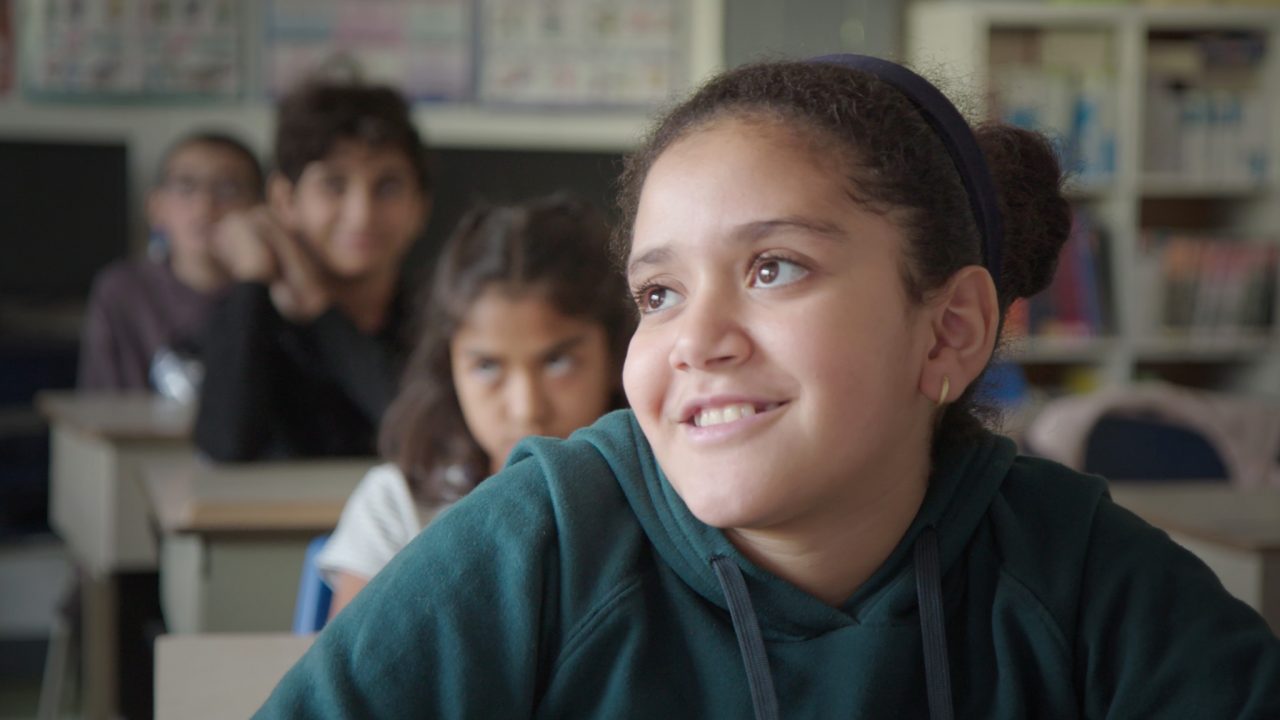
3 Helpful Tips For Centring Your Students
3 Helpful Tips For Centring Your Students
Every educator knows that teaching any subject, in and of itself, is challenging—even in the most ideal situations. But if your students aren’t in a state of mind that’s conducive to learning, the challenge is almost insurmountable.
A Change of Scenery, Anita Lebeau, provided by the National Film Board of Canada
Tip #1 – KEEP CALM AND TEACH ON
Aaron Prosser, a fifth-grade English and French teacher at Montreal’s Royal Vale Elementary School, argues that teaching children how to regulate their emotions is one of the keys to success when it comes to their ability to learn. “Learning is impossible when the brain is stressed emotionally. Teaching children how to remain calm and how to express their feelings can go a long way to creating optimal learning situations,” he says.
Unfortunately, students don’t always come to the classroom in this ideal state. But have no fear—there are plenty of things you can do in class to help. Some of Prosser’s preferred techniques include playing relaxing music in the morning as the students take their seats and using low lighting or lamps instead of the overhead fluorescents.
“There are also visualization exercises you can do with the students, to get them centred,” Prosser says. “For example, you can have them close their eyes, feel their backs against the chair, their feet against the floor. You can have them visualize the successful completion of the upcoming task.”
Tip #2 – BRAIN BREAKS
He’s also a fan of breathing exercises and taking brain breaks. When the students have been sitting for too long, he’ll have them stand, stretch and complete a physical task in order to get their blood flowing again.
Heather Leckner Liebman teaches at Willingdon Elementary in Montreal. Like Prosser, she’s a fan of brain breaks. “These are quick little games in the classroom,” she explains. “The kids are divided into teams and they have a task to do, like copy the tower I built or find matching blocks under cups. It’s done relay fashion and takes about 5–10 minutes.”
Liebman also believes in the benefits of centring her students. “Every morning when the students come in, before we do anything else, I always take five minutes to do a mindfulness exercise. It’s a breathing exercise, and we also do a one-minute version of it after lunch,” she says.
Tip #3 – PET THERAPY
My 14-year-old son goes to Villa Maria, a private Montreal high school in our neighbourhood. This year, the student council organized a week of pet therapy to take place before exams, the idea being it would help dispel the students’ stress. Kids can organize themselves in groups of 8 or 10, and then spend 20 minutes with an animal during lunch hour. To date, they’ve booked a dog, a pig, a rat, and a ferret. This was actually a campaign promise that one of the candidates for student council ran on, and clearly it struck a chord with the students.
Do you practise any kind of mindfulness techniques with your students? If so, share your tips in the comments below.
Pour lire cet article en français, cliquez ici.
Discover more Educational blog posts | Watch educational films on NFB Education | Subscribe to the NFB Education Newsletter | Follow NFB Education on Facebook | Follow NFB Education on Twitter | Follow NFB Education on Pinterest



